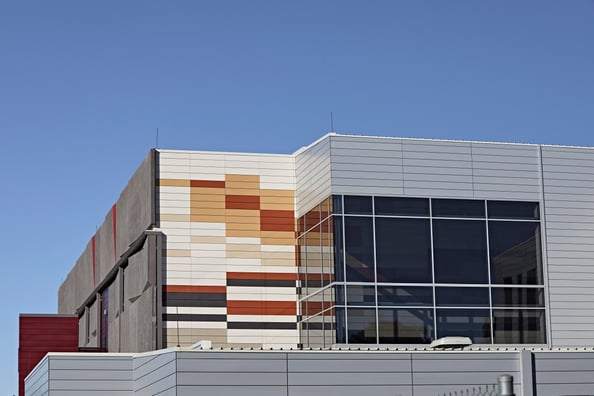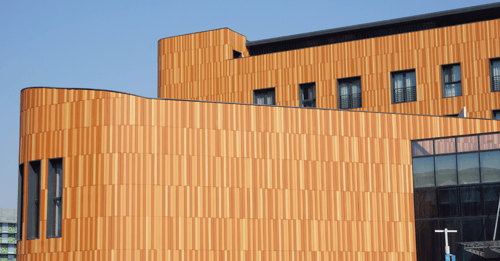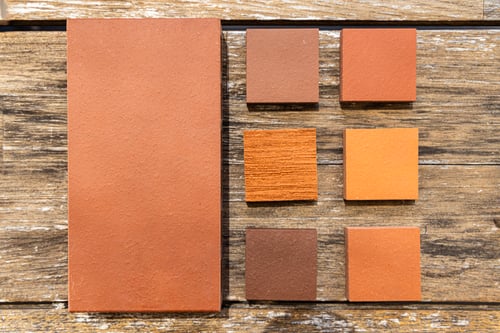Throughout contemporary architecture, terracotta cladding is praised for its design flexibility, distinctive colours, natural textures, durability and sustainability. But terracotta isn’t a new trend – for centuries, terracotta cladding has been popular. Being made of only clay and water, it is a 100% natural material. Dating back to the Babylonians, who made wide use of terracotta in palaces, temples and statues, it is a proven material that has stood for thousands of years — and will likely stand for thousands more.
Thoughtful façade design plays a crucial role in producing high performing buildings; helping to not only present an aesthetically pleasing project, but to also manage condensation, prevent water penetration, control thermal movements, and even resist the spread of fire on the exterior of buildings.
In today’s market, Architects and Designers are given extensive design flexibility with a variety of cladding materials available, including aluminium, steel, timber alternatives, fibre cement, terracotta and zinc. However, in a world where energy, environmental, and financial challenges cannot be ignored, the traditional terracotta makes perfect sense for construction purposes.
The demands of the past few years have forced us to find a sense of calmness and comfort in our home environment, which could partially explain why we are seeing a significant increase in the use of natural and earthy construction materials.
What could be more natural than terracotta? It is baked earth after all. The warm and rich ambience of terracotta will not only provide your project with a sense of conviviality but will also act as a protective shield and provide the building with an unprecedented level of stability and energy efficiency.
Modern building products are tapping into a renewed interest in energy-saving, durable, low maintenance materials with recyclable components and an organic appearance. Cladding systems such as Fairview’s Clayton, a terracotta ventilated façade system made from natural and recycled clay tiles and panels, is an example of what is finding its way to residential and commercial exteriors.
When combined with elements like brick, stone, glass, or wood, and contrasted with hard textures like concrete and steel, Clayton adds an elegant and timeless look to exterior façades.
Enriching new and modern buildings, the Clayton external wall cladding system also imparts an exclusive contemporary character to refurbished properties.

The durability is just as persuasive as the contemporary aesthetic: Clayton is impervious to weather, impact-proof and shatterproof and requires virtually no maintenance. Durable and timeless, the panels are a dream for every architect – especially since our bespoke façades are available in every imaginable colour, shape and surface.
Baguettes or sunshades are also available in the Clayton range and are a popular choice for solar protection, to act as an effective ventilation screen, to provide security against access, or to simply add an eye-catching decorative element to your design.
Clayton terracotta cladding is the ideal solution for innovative façade architecture that will serve for generations to come.
DOWNLOAD OUR INSPIRATION EBOOK.




